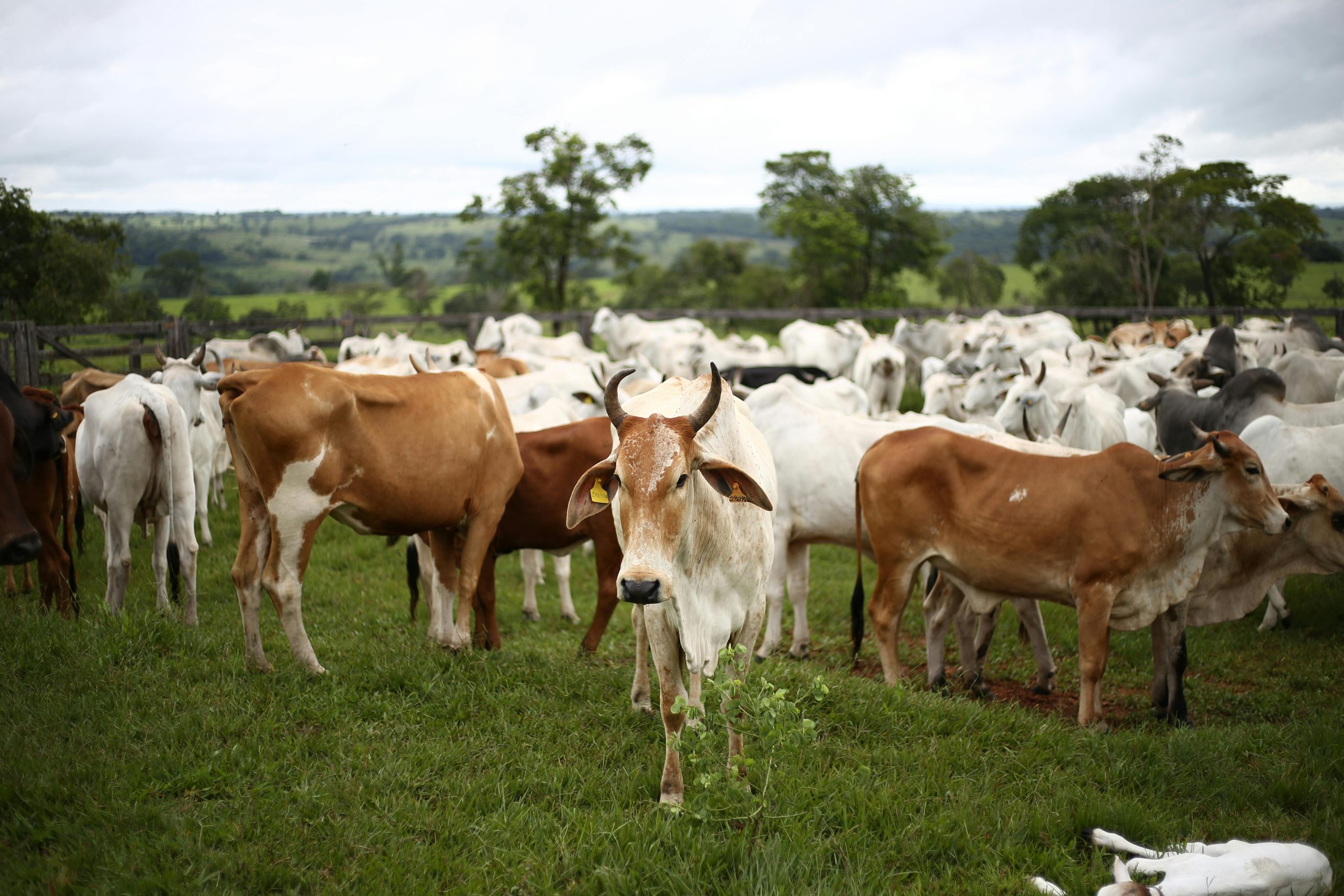The rising demand for meat in Asia, coupled with land constraints for grazing and fodder production, has led several Asian nations to turn to lab-grown meat as a sustainable alternative. Countries like China, Malaysia, and Singapore are making substantial investments in cultivated meat, seeing it as a solution to food security challenges and a way to meet the increasing appetite for beef, chicken, and pork. With projections indicating that many tons of lab-grown meat will be available for purchase in Asia by 2025, these initiatives have the potential to transform not only the region but also the global meat industry.
The Rising Demand for Meat in Asia
Changing Dietary Preferences
Asia’s rapid economic growth has resulted in an expanding middle class with higher purchasing power. More individuals can now afford to include meat as a regular part of their diet, driving the demand for protein sources like beef, chicken, and pork. This shift has placed immense pressure on traditional farming methods to meet the growing demand.
At the same time, changing dietary preferences are not solely about quantity but also quality. Consumers are increasingly seeking cleaner, more sustainable, and ethical protein sources. Lab-grown meat offers a promising alternative, capable of replicating the taste and texture of conventional meat without the need for large-scale livestock farming.

Land Constraints and Food Security
Asia faces significant challenges in expanding traditional livestock farming due to limited arable land. Countries like Singapore, which have minimal land for agriculture, and densely populated regions in China, where land resources are overburdened, are especially vulnerable to food security issues.
By investing in cultured meat, these nations aim to overcome such constraints. Cultivated meat production requires significantly less land and water compared to traditional farming, making it an attractive solution to secure stable meat supplies for growing populations.
Government and Industry Collaborations
Governments across Asia have begun collaborating with private firms and research institutions to bolster lab-grown meat innovation. Singapore, for instance, was the first country in the world to approve the sale of cultivated chicken, and its government actively supports startups in this field. Meanwhile, China has integrated lab-grown meat into its five-year agricultural development plans, signaling its long-term commitment to this technology.
Asian Investments in Cultivated Meat
Pioneering Efforts in Singapore
Singapore has positioned itself as a global hub for cultivated meat, hosting startups like Eat Just and Shiok Meats. Its regulatory framework, which allowed for the first commercial sale of lab-grown chicken in 2020, set a precedent for other nations. Additionally, government grants and partnerships have provided the financial and technical support needed to scale production.
Local consumers have also embraced the concept, with cultivated chicken appearing on restaurant menus and gaining popularity. This acceptance has encouraged other countries in Asia to take similar steps in promoting lab grown meat.
China’s Strategic Investments
China, the world’s largest consumer of meat, is investing heavily in lab-grown meat to address its food security concerns. The country has established dedicated research centers and funded biotech companies working on cultured meat technologies. By reducing dependence on imports and ensuring a stable meat supply, China aims to safeguard its food sovereignty.
Furthermore, China’s focus on reducing greenhouse gas emissions aligns with the environmental benefits of lab-grown meat. Cultivated meat produces significantly lower emissions compared to traditional livestock farming, making it a key component of China’s sustainability goals.
Malaysia’s Emerging Role
Malaysia is also making strides in the cultivated meat sector, with initiatives aimed at fostering innovation and creating a supportive ecosystem for startups. The government has expressed interest in leveraging lab-grown meat as part of its food security strategy while addressing concerns about environmental degradation caused by traditional meat production.
Emerging companies in Malaysia are exploring diverse options, from lab-grown chicken to seafood, showcasing the region’s commitment to diversifying its protein sources. These efforts are poised to position Malaysia as a key player in Asia’s growing cultivated meat market.

Global Implications of Asian Investments
Shifting Perceptions in the West
While cultivated meat is met with skepticism in Europe and other Western regions, Asia’s success in commercializing and normalizing cultured meat could shift global perceptions. By demonstrating the feasibility and benefits of this technology, Asian countries may pave the way for its broader acceptance worldwide.
Europe, in particular, could benefit from observing Asia’s regulatory and commercial strategies. The EU currently lags in approving lab-grown meat for sale, but Asia’s progress might serve as a catalyst for change. The global meat industry could see a shift in dynamics, with Asia emerging as a leader in cultivated meat innovation.
Environmental and Ethical Benefits
Asia’s adoption of cultivated meat has far-reaching implications for global sustainability. Cultivated meat production requires fewer resources, generates less pollution, and eliminates the need for animal slaughter. As Asian countries scale production, the global meat industry could experience a significant reduction in its environmental footprint.
Ethically, lab-grown meat addresses concerns about animal welfare, making it an appealing option for consumers who want to reduce their reliance on conventional meat without sacrificing taste and texture. Asia’s leadership in this space could inspire other regions to prioritize ethical and sustainable food production.
Economic Opportunities
The cultivated meat industry presents substantial economic opportunities, from job creation to export potential. As Asian countries develop their lab grown meat sectors, they stand to benefit from new industries that attract investment, foster innovation, and drive economic growth.
Moreover, by becoming early adopters and exporters of cultured meat, nations like Singapore and China could secure a competitive advantage in the global market. This leadership could extend beyond cultivated meat to other areas of food technology, further solidifying Asia’s position as a hub of innovation.

Final Thoughts
Asian countries are at the forefront of a food revolution, leveraging cultured meat to address challenges of food security, sustainability, and ethical consumption. With substantial investments and strategic initiatives, nations like Singapore, China, and Malaysia are not only transforming their local meat industries but also setting an example for the rest of the world.
As the industry scales and technology advances, the global meat market could witness a paradigm shift. Asia’s pioneering efforts in cultivated meat highlight the potential of innovation to solve pressing challenges and create a more sustainable future. By 2025, the availability of tons of lab grown meat in Asian markets could mark the beginning of a new era in food production, one that prioritizes health, ethics, and the environment.









